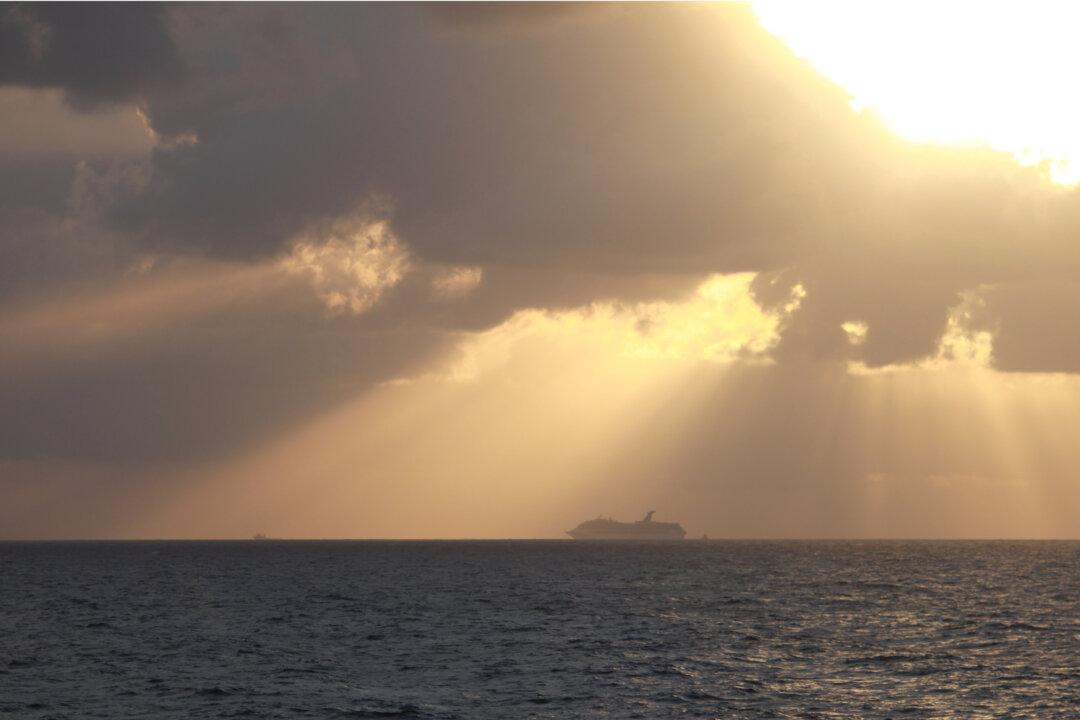The U.S. National Oceanic and Atmospheric Administration (NOAA) said its scientists are forecasting a “very large” Gulf of Mexico “dead zone” for summer 2019.
It’s so big that its size is about the size of the state of Massachusetts, the agency said.





